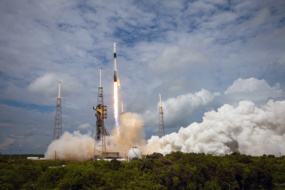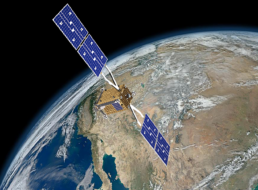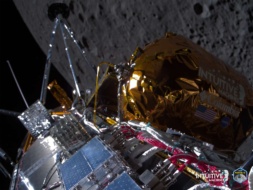This morning, the US House Committee on Science, Space and Technology is holding a hearing on Astro2020. The decadal survey on astronomy and astrophysics is sponsored by NASA, the National Science Foundation (NSF), and the Department of Energy (DoE).
On the docket for 2023-2033: a large infrared/optical/ultraviolet (IR/O/UV) space telescope and a few new powerful ground-based telescopes.
The long view: Every decade-ish, the National Academies of Sciences, Engineering, and Medicine publish a blueprint for the following decade of scientific research in space. The result: big-picture, long-term, high-budget projects supporting a set of core scientific goals.
- The James Webb Space Telescope, a ~$10B project set to launch later this month, was a result of the Y2K survey.
Changing focus: Often, these ambitious projects have gone over budget, taken longer than expected, or failed to secure enough funding. This year, the survey is taking a slightly different approach by focusing on developing component technologies before settling on finalized systems architecture.
Astro2020: The survey draws its main scientific themes from over 500 compiled whitepapers. They fall under three categories: 1) New Windows on the Dynamic Universe, 2) Pathways to Habitable Worlds, and 3) Unveiling the Drivers of Galaxy Growth.
Based on these focus areas, the survey recommended two major projects for the next decade:
- A large IR/O/UV space telescope: The biggest proposed project has an estimated price tag of $11B in 2020 dollars. The telescope resembles NASA’s proposed LUVOIR project, but has a smaller aperture, lower budget, and quicker development cycle.
- Ground telescopes: The aptly named US Extremely Large Telescope necessitates two currently unbuilt ground components: the $3.1B Thirty Meter Telescope and the $2.4B Giant Magellan Telescope. Astro2020 emphasizes the importance of building one, but ideally, both.
Bottom line? Sponsor agencies would require ~2% annual budget increases overall. It’d be a sizable windfall for the government agencies concerned, the scientific community, and those who are contracted to develop the components.
When scrutinizing the decadal survey, congressional reps are expected to probe the feasibility of the proposed projects, estimated costs, and scientific outcomes.




